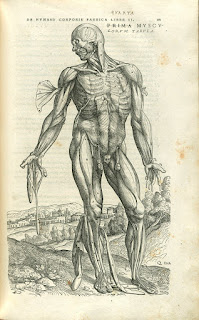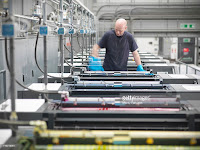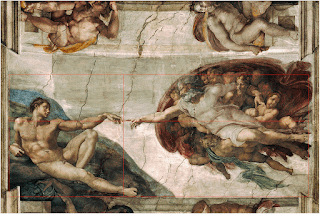Week 4: Medical Technology + Art

The term medical technology is deceptive in it's connection to art for two reasons, the first being that technology makes it seem as though this connection is recent, within the past 100 years or so. The second is that, when looked at on the surface, the medical field and art come across as two disparate fields of study. What most people don't realize is that medicine and art have a long, overlapping history, dating back to the Renaissance and even to ancient Greece and the Hippocratic Oath. In fact, during the Renaissance, artists worked hand in hand with doctors who were dissecting the human body in order to accurately capture the body and what the doctors were finding. Example of anatomical art drawing by Vesalius who worked during the 1500's. This long, intertwined history between medical technology and art continues to this today. In fact, artists such as Diane Gromala, who used virtual reality and MRI's of her own body to create a 3D journey th...



